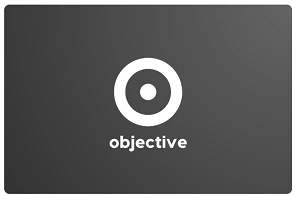As a business user, I want to make sense of all the data coming from my production system and make sure my product meets business requirements. This article summarizes different maturity model and action-sequence to achieve snow-ball effect for typical organization.

Let's start with Why
- To continue DevOps and Agile development and leverage one of the DevOps principles – “to measure”
- To understand the current baseline and be able to measure progress
- To answer common question of - how close we are to 'done'?
- To raise awareness and instill team wide 'measure' from the very inception
- To give stakeholders and senior management on-demand visibility into systems dev and ops

- To promote Business objectives of measurements and organization wide 'manifesto'
- To define metrics for each group of stakeholders
- To develop best practices for measurements
- To define delivery methods for metrics
- To define measurement and metric delivery cadence

Phase 1 of 4 (Awareness)
This phase is focused on developing Descriptive analytics capabilities, which can help answer: “What has happened?"
- Release Dashboard- Showing all releases went/going to prod
- Teams assessment / DoD dashboard- Are teams doing well in assessment/ meeting DoD
- Data Stewards rollout - Identifying who is responsible for keeping data updated/correct
- Standard Team dashboards - Same dashboards across teams with auto login and rotation enable
- Analytics Strategy awareness - CoPs, Demo, micro learnings and Lunch and Learns about Analytics in DevOps
- CoP - PowerBI - PowerBI CoP establish and monthly meeting scheduled
- Team Business Objectives [PI/Sprint Goals] Dashboard - PI and Sprint goal dashboards from AzDo Enabler to experimental releases
- Business value dashboard requirement gathering - Need to gather requirement for business value reporting (Enabler for business value)
Phase 2 of 4 (Desire)
This phase is focused on developing Diagnostic analytics capabilities, which can help answer the question, “Why did it happen?"
- Experimental release support
- SAFe Metrics rollout
- Focus on and communication of DevOps Strategy
- Gamification of Team's matrices
- Analytics as a code
- Business value delivery prediction
- Make data accessible so people can play with it freely and innovate
- Relevant messaging and alerts through reports
- ROAMing Risks and Risk Registry
Phase 3 of 4 (Knowledge)
This phase is focused on developing Predictive Analytics capabilities, which can help answer the question, “What could happen?”
- Business value delivery confirmation
- Continuous analytics delivery through automated pipelines
- DevOps Program Risk (ROAM) analytics
- Building people skills for digital transformation based on Risk area
- Establish Standards and Practices for Analytics
- Skill requirement based recruitment
- Big Data integration for better analytics
Phase 4 of 4 (Ability)
This phase is focused on developing Prescriptive Analytics capabilities, which can help advise on possible outcomes and answer: “What should we do?”
- Skill based resource movement
- Machine learning integration to other then business value delivery
- Analytics Governance body
- Business requirement generation through analytics
- Measure how analytics is changing business
- Strategic decision making through automation
Summary and invite
This article was intended to be written in V2MoM format, however due to different organizational structure and needs, it will vary a lot. Based on my experience in different government and non-government organizations, the above holds true. Please feel free to submit a pull request to suggest any changes. Thank you for reading.
